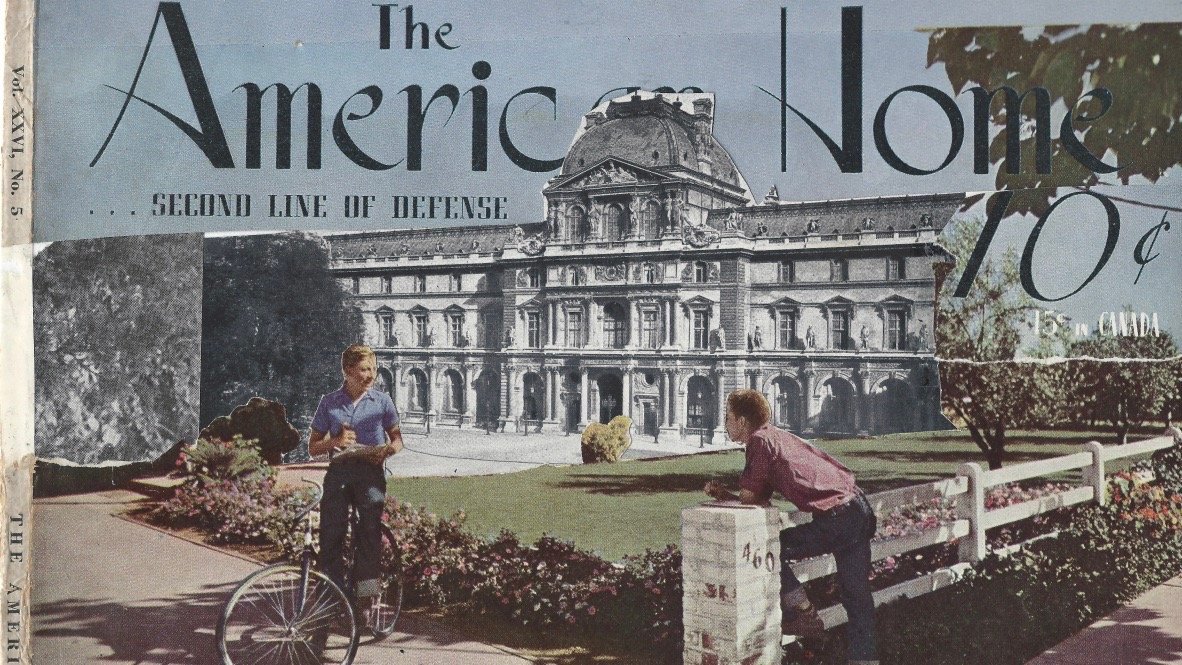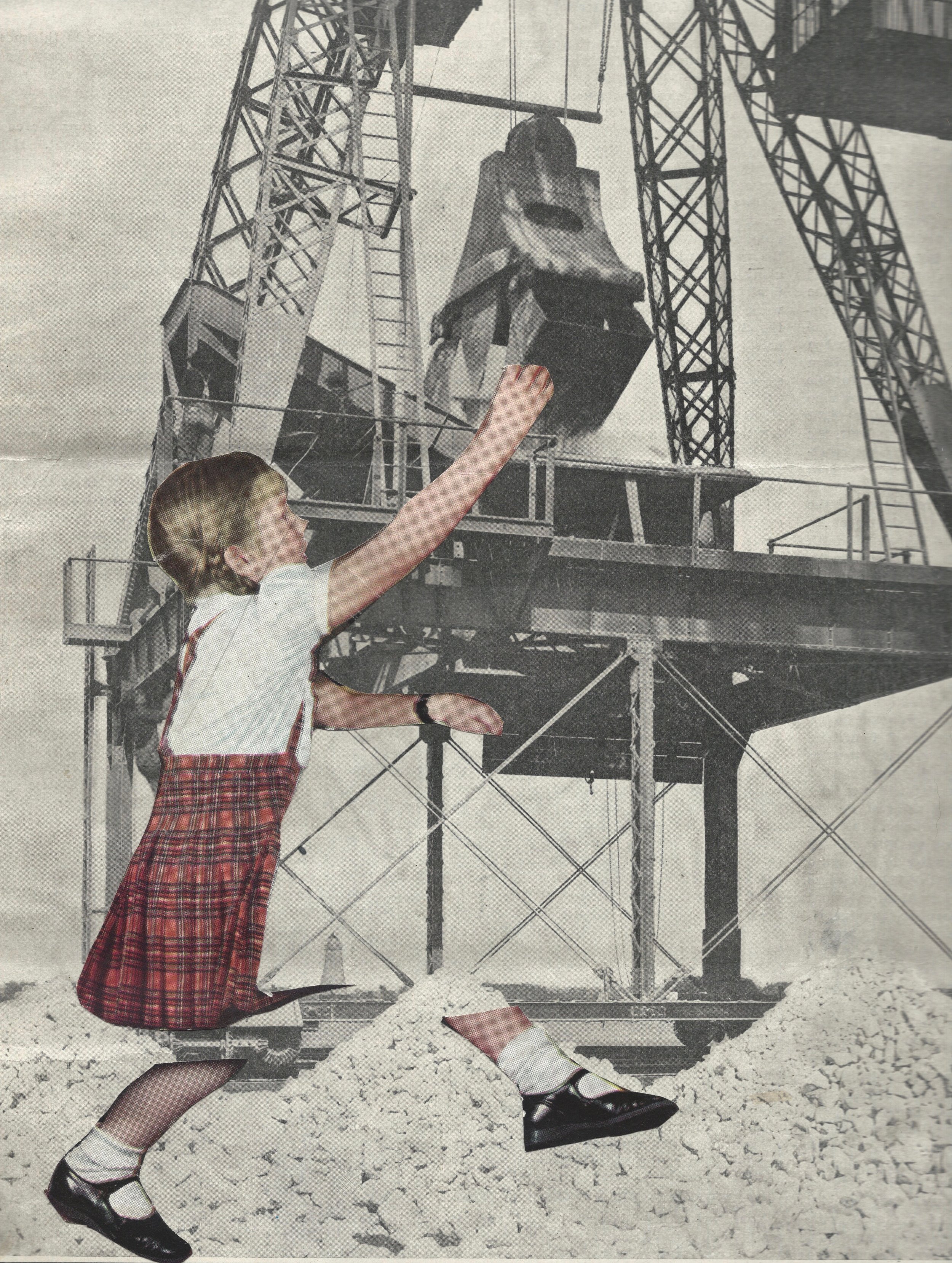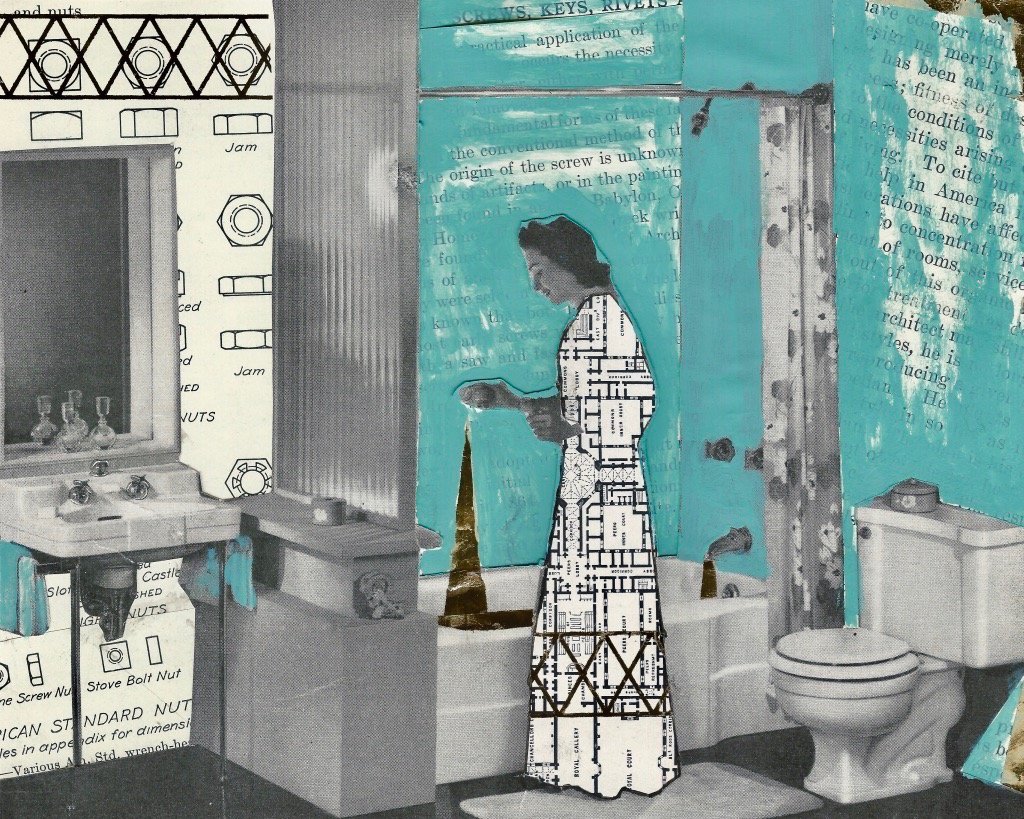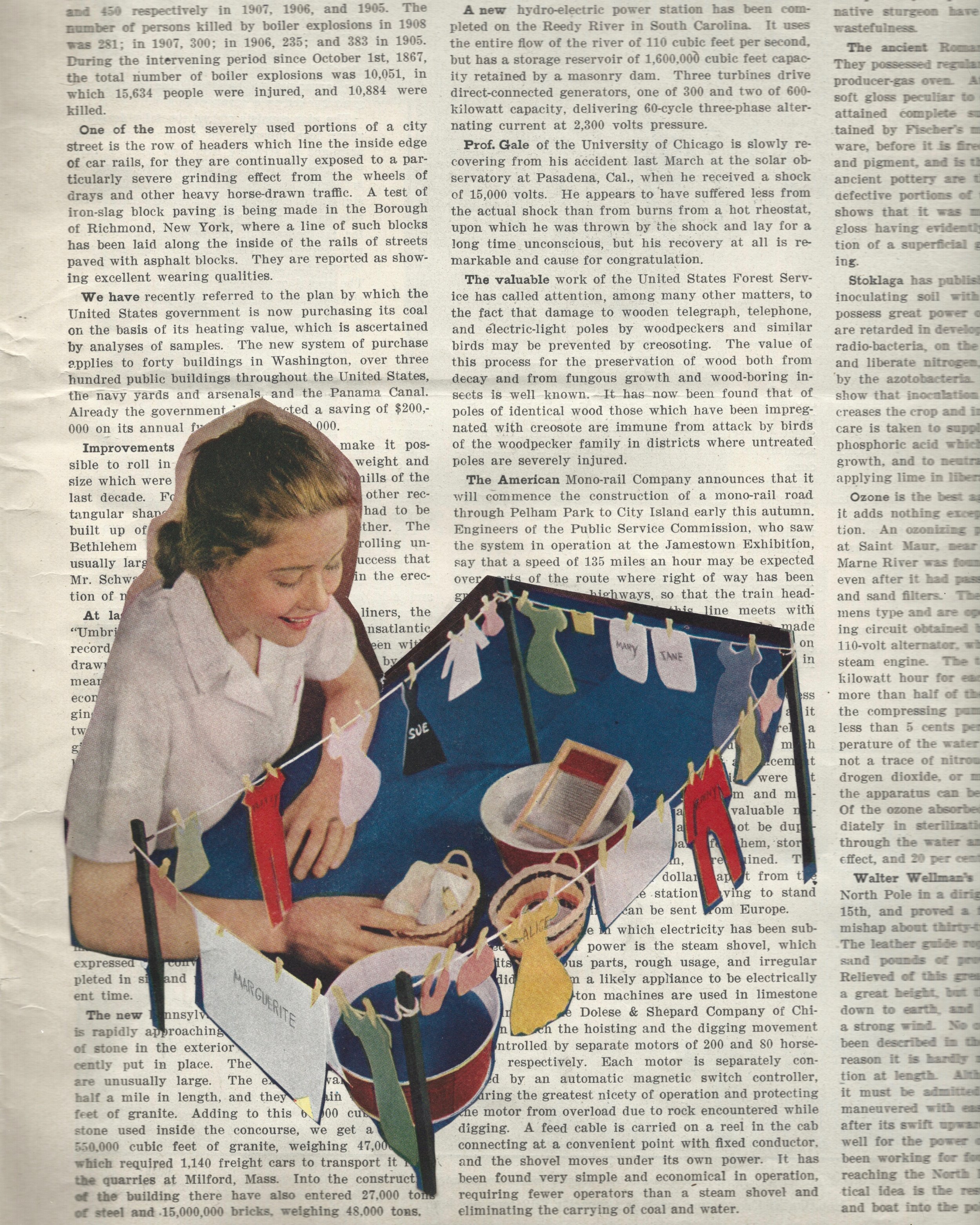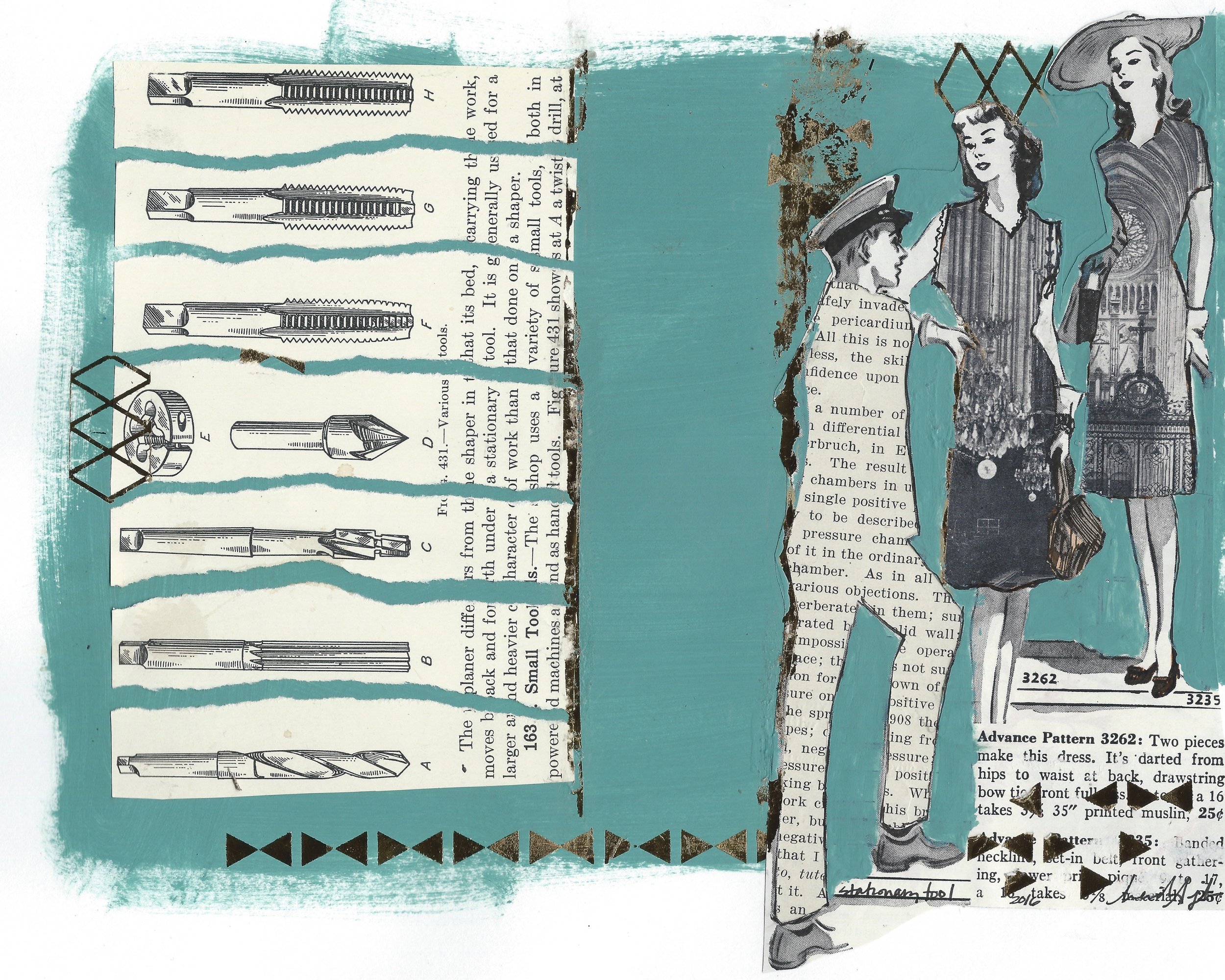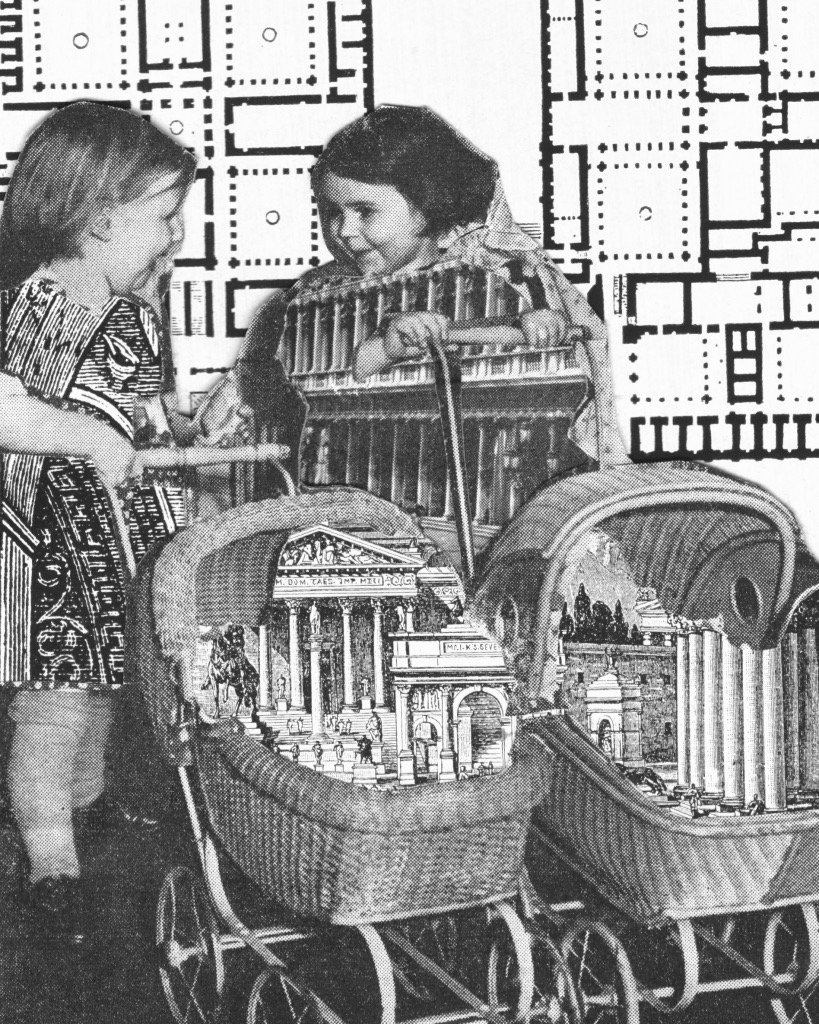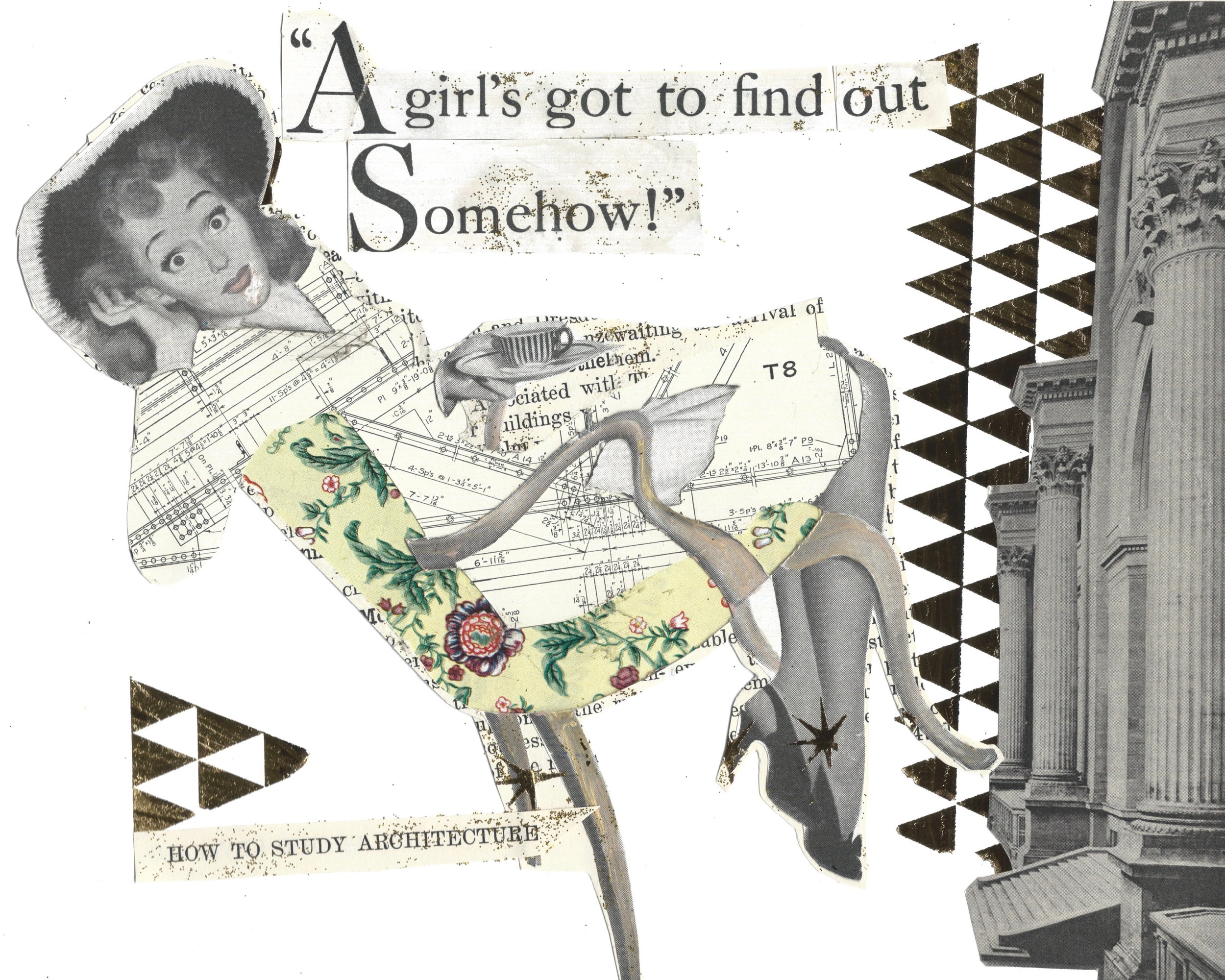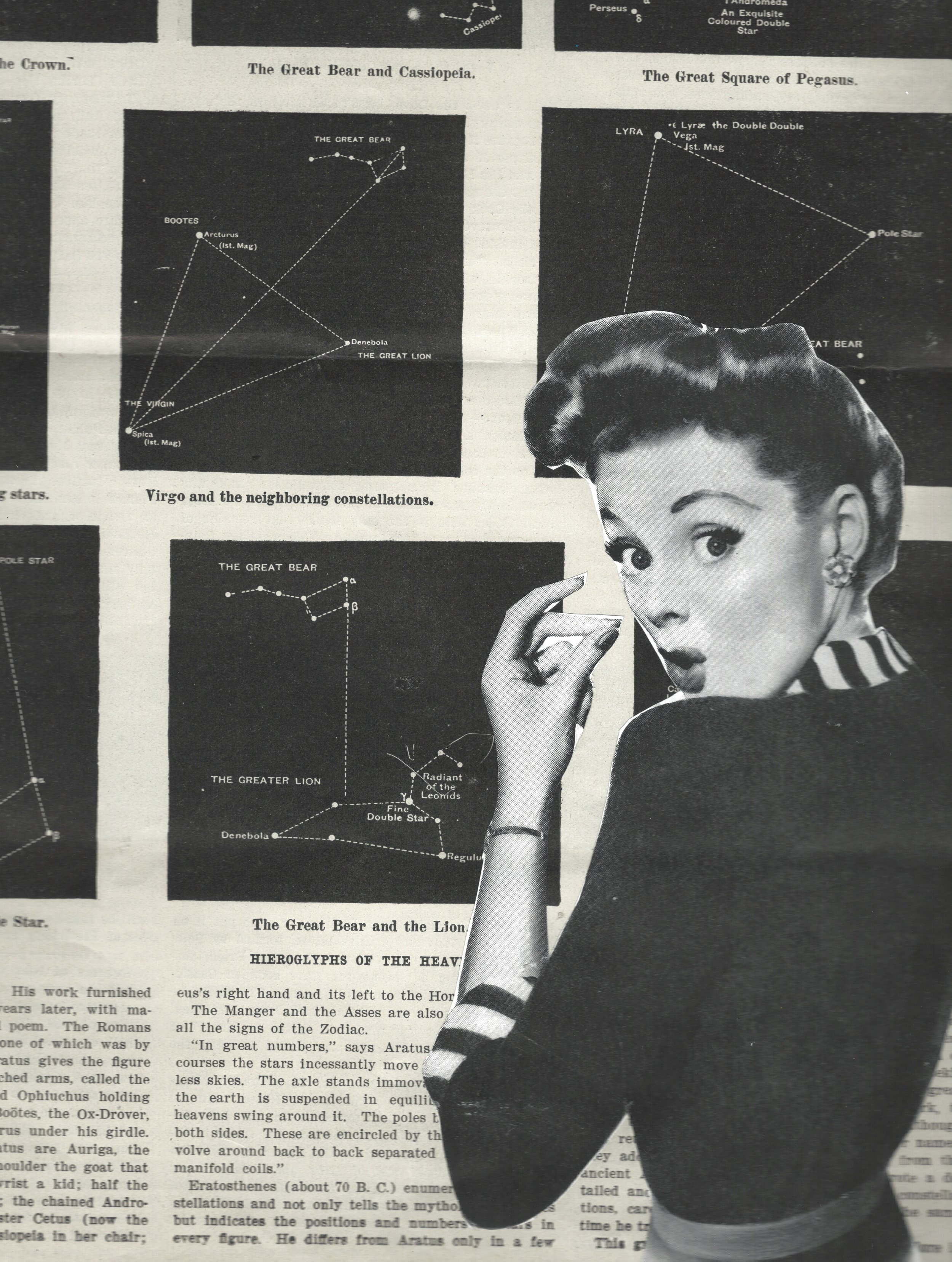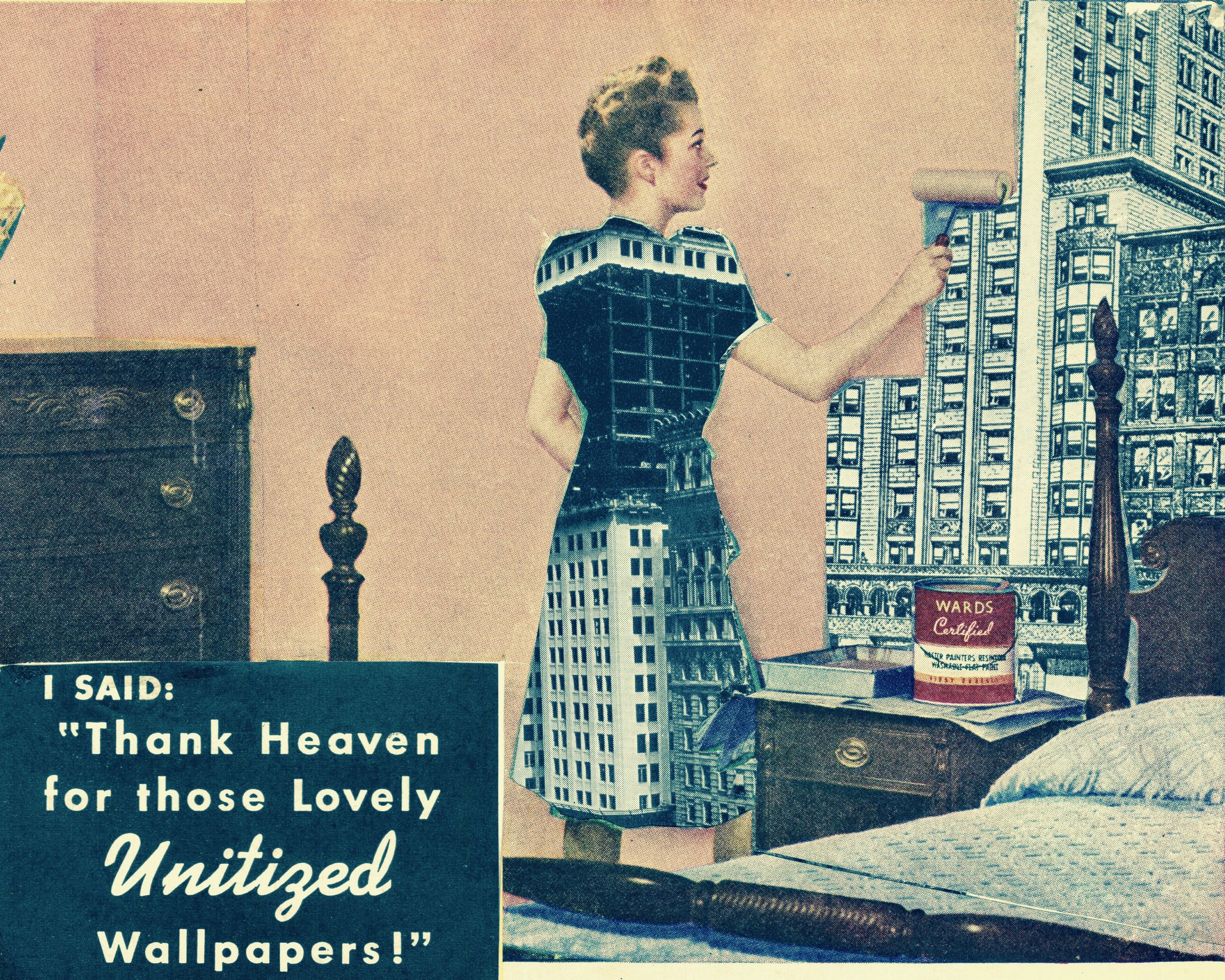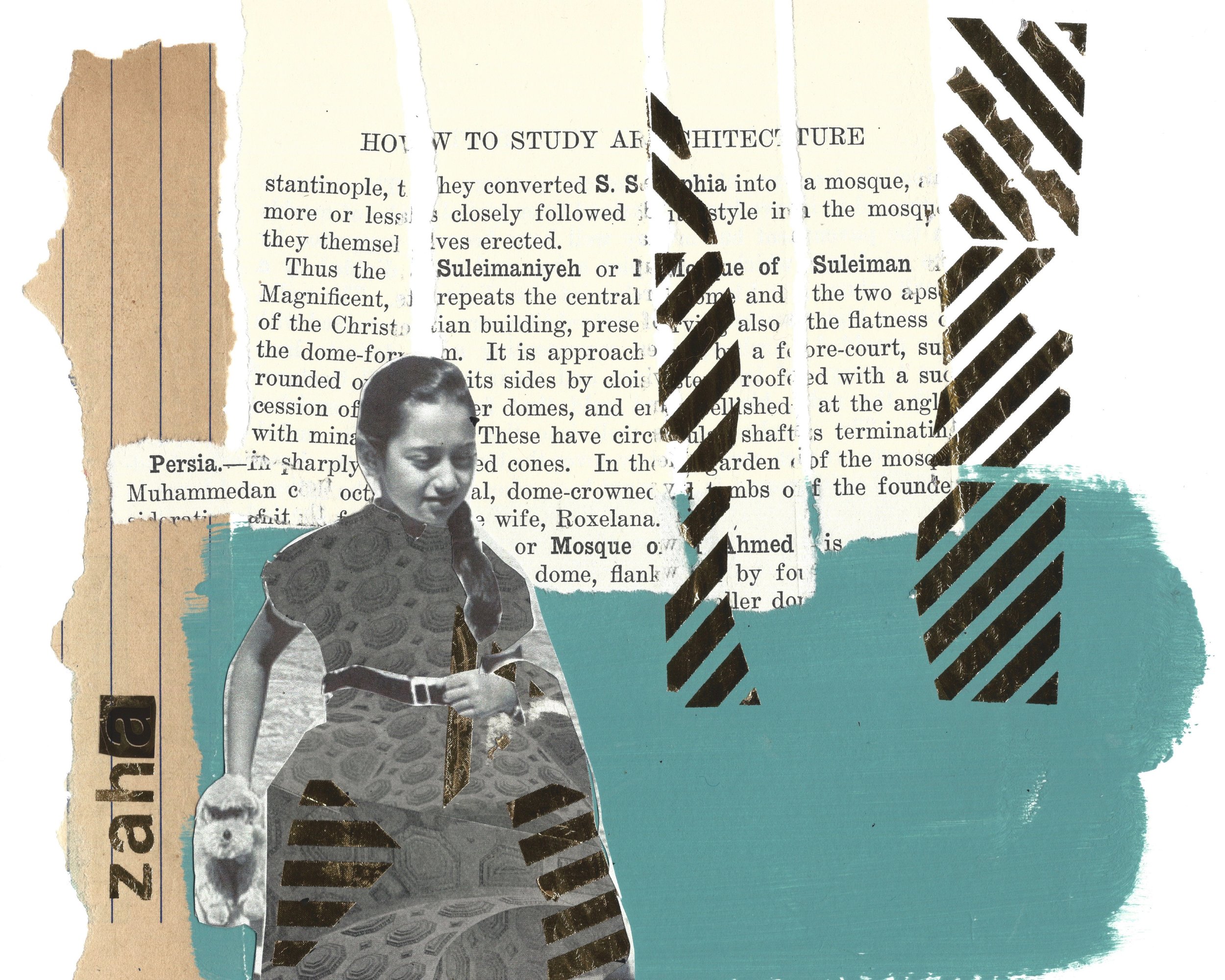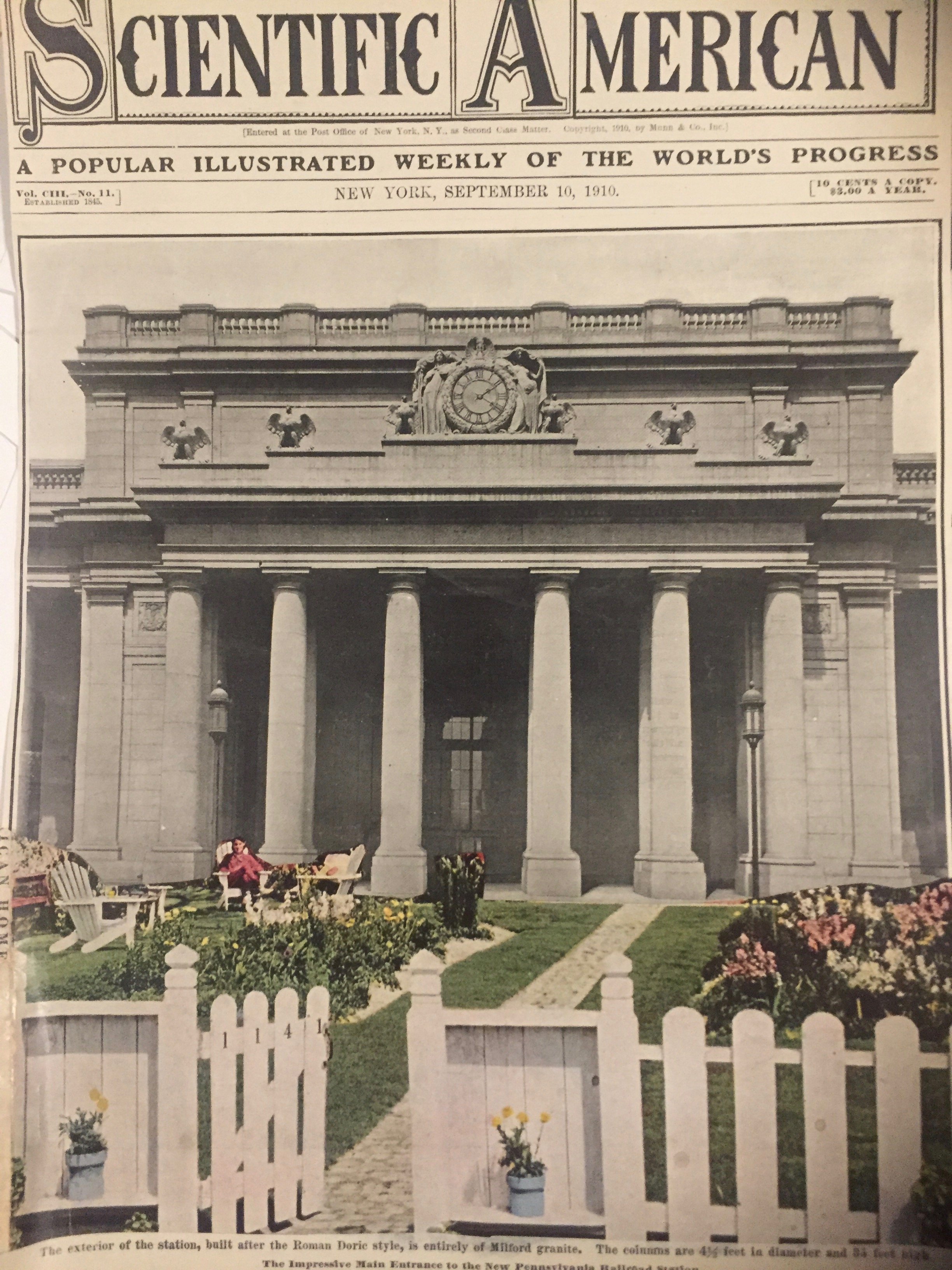Hidden Architects
“I did everything right before going into architecture school: I had a mentorship with a local architect. I took drafting. I got a bunch of fancy books.
”Yet when I built models, they fell apart. When I took tests on the major architectural wonders of the world, I failed miserably. I mispronounced French, Greek, and Italian towns and couldn’t get my centuries straight. I had no skills, no worldly context, or the ability to catch up in the typical college semester time frame.
”I was screwed.” -HJ
In Hidden Architects, Heidi Jeub reflects on her early dreams of becoming an architect—a path she abandoned in favor of a different creative journey. This series of abstract collages explores themes of regret, gender, wonder, and cultural critique—drawing from her personal experience of stepping away from architecture, a field where she felt out of place, despite doing everything "right."
Jeub’s journey began with a sincere commitment to architecture: mentorships with local architects, drafting courses, and an abundance of architectural books. But as she started building models and taking tests on the major architectural wonders of the world, she faced a harsh reality. "I failed miserably," she recalls, describing her struggles with the technical aspects of the field—from mispronouncing foreign cities to getting her centuries wrong. More critically, she realized she lacked the cultural context and skills required to truly thrive in a world where success often hinged on the ability to catch up in a traditional academic timeframe.
Leaving the program was not an easy decision. Jeub vividly remembers the disappointment of her female dean, who, with a mix of frustration and concern, pleaded with her to reconsider. But Jeub knew in her heart that she didn’t want to simply design "nice garages and church additions"—she longed for greatness. The cultural gap between her small town of Sartell, Minnesota (with its strip mall and paper mill) and the lofty ideals of architecture as she understood it felt insurmountable.
This series of collages serves as Jeub’s way of reconciling with this abandoned dream. “I don’t like blaming society,” she explains, “but when I look through the magazines my mother (Home Beautiful) and my grandfather (Scientific American) read, I realize that succeeding in architecture would have taken a much stronger desire on my part, and perhaps a different environment to foster that desire.” Reflecting on the lack of female architects, mentors, and imaginative tools in her upbringing, Jeub recognizes that the path could have been different with more visibility and support for women in the field.
Though she left architecture behind, Jeub continues to engage with the concepts of space and design through her art. The collages in Hidden Architects are an act of reimagining: a space where she could still “dance within the space like I built it, admire the queen bees that made it, and keep making something out of nothing every day.”
In addition to the exhibition, Jeub also teaches art in STEM-based programs, committed to empowering young girls to enter fields that remain difficult to navigate. “I want to look girls in the eyes and encourage them to push themselves into spaces that are still not truly open to them.”
Through Hidden Architects, Jeub not only shares her personal story of leaving one dream behind but also encourages others to reframe failure as part of the journey and to find strength in creating new pathways. This series is a powerful reminder that the dreams we abandon can often shape the art we create and the spaces we occupy in unexpected ways.
